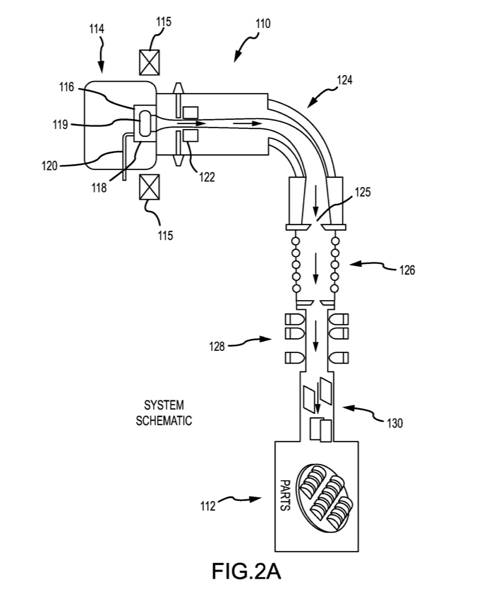Mobile Displays – For some time we have been talking about sapphire as the next great thing to make the next generation smartphones much better and nearly indestructible. With Apple announcing the iPhone 6 line without any sapphire cover glass, many thought that sapphire is after all only an afterthought or marketing gimmick. Of course, Apple then announced the Apple Watch with sapphire cover glass creating a twist to the analysts’ expectations.
First of all, sapphire is a very hard material that could at least increase scratch resistance in mobile device displays and mitigate some of the complaints of consumers. From a very practical standpoint, sapphire is not only a very hard material from a material science perspective, it is also very hard to produce and also very hard to machine after it is formed. As a consequence, sapphire covers are very expensive and not the material of choice in smartphone handsets today.
After the investment Apple made in manufacturing sapphire, many thought that this is the start of a new race into superior materials. The competitor of sapphire is of course chemically strengthened glass that is available from glass manufacturers like Corning, Asahi, NEG, etc.
The US patent office published several patent applications from Apple that describe the manufacturing and enhancement of sapphire substrates for use in mobile devices. There are the applications “CONTINUOUS SAPPHIRE GROWTH ” (No.20140090592 ) and the “MULTI-STEP CUTTING PROCESS” (No.20140076299).
For further enhancement, Apple also filed the patents “ION IMPLANT INDICIA FOR COVER GLASS OR DISPLAY COMPONENT ” (No.20140192467 ) and “SAPPHIRE PROPERTY MODIFICATION THROUGH ION IMPLANTATION ” (No.20140248472 ). These two patents discuss the possibility to further strengthen the sapphire surface by applying either hard coatings or enhance the surface hardness through surface compression modification.
The first idea of adding a hard coating is not new and has been used in the tool industry for a long time. There are also patents from other companies adding diamond coatings to substrates to achieve the ultimate in hardness. In the Apple patent application they discuss adding a second layer of Al2O3 to enhance the overall strength by covering any surface flaws, as shown in the following image.

This strengthens the substrate by hiding its flaws. The other patent application discusses using a chemical strengthening process to induce surface compression leading to higher strength, just in the same way it works in glass substrates. In glass, the exchange of an ion happens by exposing the glass substrate to a salt bath at high heat driven by a diffusion process. The most simple version of this kind of strengthening is the exchange of sodium ions for potassium ions. Since the potassium ions are bigger, the glass lattice develops an internal compressive stress leading to a higher strength which is less receptive to scratches. Apple wants to do the same thing to sapphire, which is quite difficult because of the high melting point of sapphire and the fact that sapphire is pure Al2O3.

Apple has put some ideas on paper that seem far fetched at the moment, but would definitely work from a scientific standpoint. The first version is an ion implant machine where high energy ions are directly implanted at room temperature.
Having worked with such machines on a university level, I just can’t see how this could be made at an acceptable cost. The second idea is the use of a plasma that introduces ions into the sapphire lattice as shown below. An interesting, but by no means cheap approach to sapphire surface modification. Apple discusses nitrogen, argon, titanium and iron ions as possible implant material.

There are also other methods described, that Apple wants to cover to avoid circumvention of their patent. In any case, the substrates will go through another annealing cycle to control the ion implant concentration end penetration depth.
Overall, this is a great exercise in the use of physics in the real world, if Apple can just find a reasonable cost method. – Norbert Hildebrand

